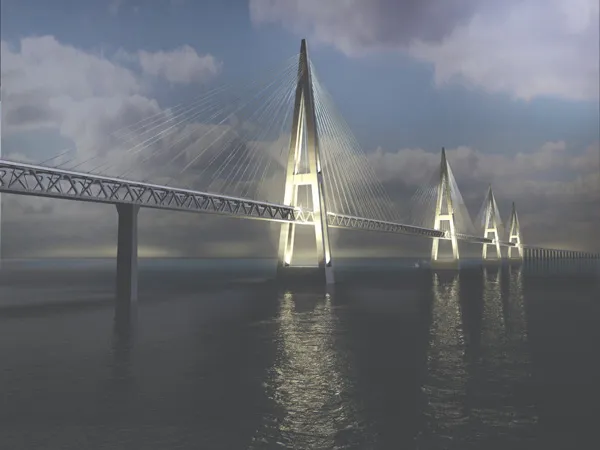Two border crossing bridges are being planned to link Germany with other European nations, Denmark and Luxembourg. The Danish engineering consultancy company Cowi has the contract to design a 19km bridge across the Fehmarn Belt between Denmark and Germany. Planning is expected to take three years and the project will entail major engineering challenges.
July 9, 2012
Read time: 1 min

Two border crossing bridges are being planned to link Germany with other European nations, Denmark and Luxembourg.
The Danish engineering consultancy company2349 COWI has the contract to design a 19km bridge across the Fehmarn Belt between Denmark and Germany. Planning is expected to take three years and the project will entail major engineering challenges.
Meanwhile Germany and Luxembourg are planning to cooperate on a project to build a new bridge to be built over the Mosel River. There will also be a new highway link connecting the Nationalstrasse 1 road and the highway junction Mertet. As part of this there will also be a new link to the Mertet port.
Last September, Germany and Denmark reached agreement to build a bridge across the Fehmarn Belt to connect Germany with Copenhagen.
The 19km bridge between Puttgarden on the Baltic Sea island of Fehmarn and Rodby on the Danish island of Lolland is estimated to cost €5 billion.
The Danish engineering consultancy company
Meanwhile Germany and Luxembourg are planning to cooperate on a project to build a new bridge to be built over the Mosel River. There will also be a new highway link connecting the Nationalstrasse 1 road and the highway junction Mertet. As part of this there will also be a new link to the Mertet port.
Last September, Germany and Denmark reached agreement to build a bridge across the Fehmarn Belt to connect Germany with Copenhagen.
The 19km bridge between Puttgarden on the Baltic Sea island of Fehmarn and Rodby on the Danish island of Lolland is estimated to cost €5 billion.







